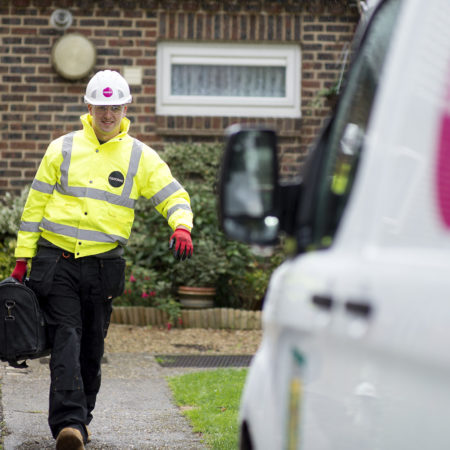If Nobody is Too Big to Fail, What’s the Optimum Size of a Repair & Maintenance Partner?
When it came to contracts for large-scale housing repair and maintenance, bigger was seen as better, or at least less risky. Large organisations, it was thought, would bring both financial stability and the full range of services to deliver everything from kitchen upgrades, day-to-day repairs to voids management. Choosing a large organisation would eliminate the risk of contracts being unfulfilled and simplify management by having one partner to work with.
A series of high profile financial collapses has shaken the faith in larger Repair and Maintenance partners. As a consequence, small service providers are expanding their share of the housing market. Some landlords are looking to take back control by bringing services in-house. Any shortcomings in their organisational ability to deliver a repairs service, such as IT services, health and safety, supply chain management could be expensive or difficult to provide or simply overlooked.
Size and Simplicity
There’s absolutely no doubt that smaller, locally-based service providers have an essential role to play. The question, though, might be about the most effective way for them to be engaged. One of the appeals of large full-service contracts was the simplicity; less contract administration and one set of consistent performance data to manage.
With a full-service provider, it’s feasible to take a more holistic and planned approach to property maintenance and performance. And landlords would not need to micromanage the supply of individual providers or compliance with health and safety, safeguarding or financial probity requirements.
Using a large number of smaller contractors won’t eliminate risk as multiple control measures need to be implemented across contractors. Financial stability in the construction sector remains an issue, partly as a knock-on effect of the collapse of Carillion. According to a Creditsafe Watchdog Report, 943 construction companies failed during Q3 2018, compared to 527 recorded in the same period in 2017. Most of these were at the smaller end of the market.
Quality Control
A larger full-service Repair and Maintenance partner can bring consistency to quality control processes and a single point of responsibility for achieving ‘right-first-time’ performance.
Perhaps it’s important not to overreact to extreme events such as Carillion, Rok and Interserve. Rather than swing to the opposite extreme and take the majority of work in-house with piecemeal specialist contracting, maybe it’s time to acknowledge the benefits of having a large repair and Maintenance partner. This doesn’t mean ignoring any risks or potential drawbacks – these can all be overcome and managed by choosing the right partner.
Breadth of skills, financial stability and the capacity to invest in service improvements are all benefits of ‘going large.’ These can be balanced with commitments to invest in local skills and businesses and being responsive to the needs of residents. This is the balance that Osborne Property Services is bringing to all of our repair and maintenance partnerships. It’s a balance that delivers improved service levels, cost savings and a long-term approach to asset management.
Andrew Sharp, Business Development Director – Osborne Property Services

